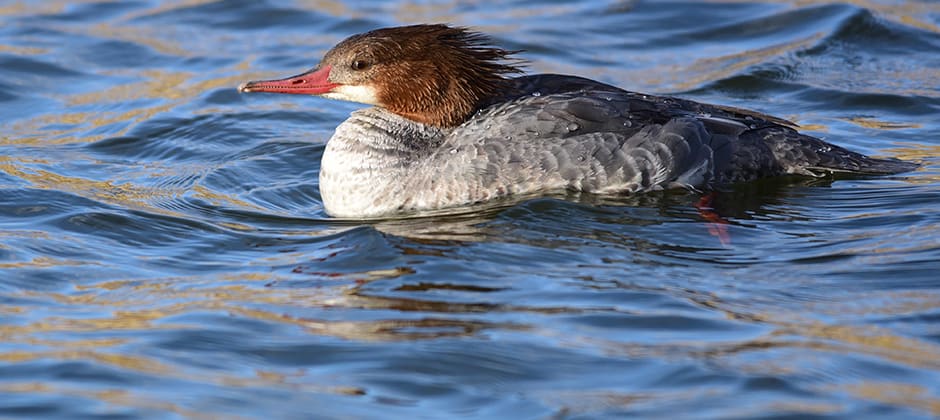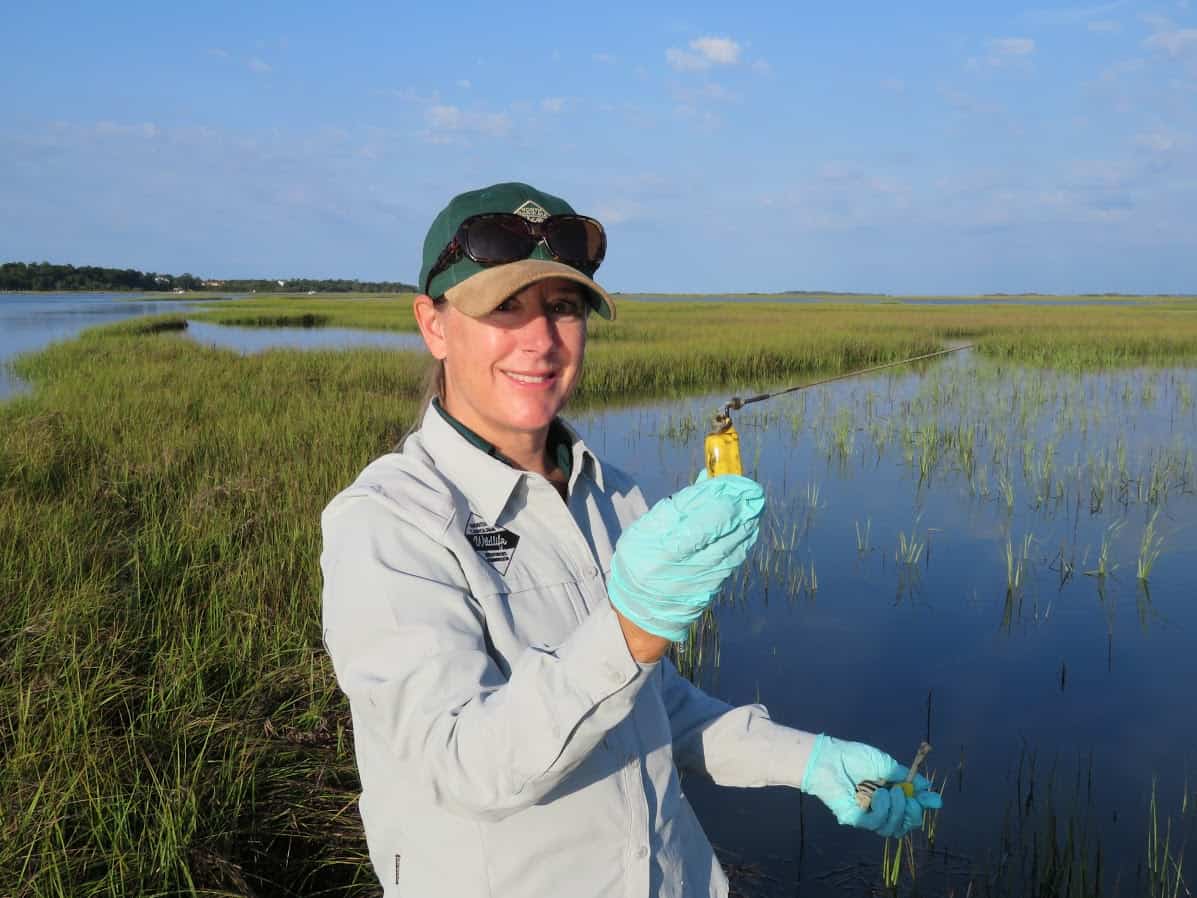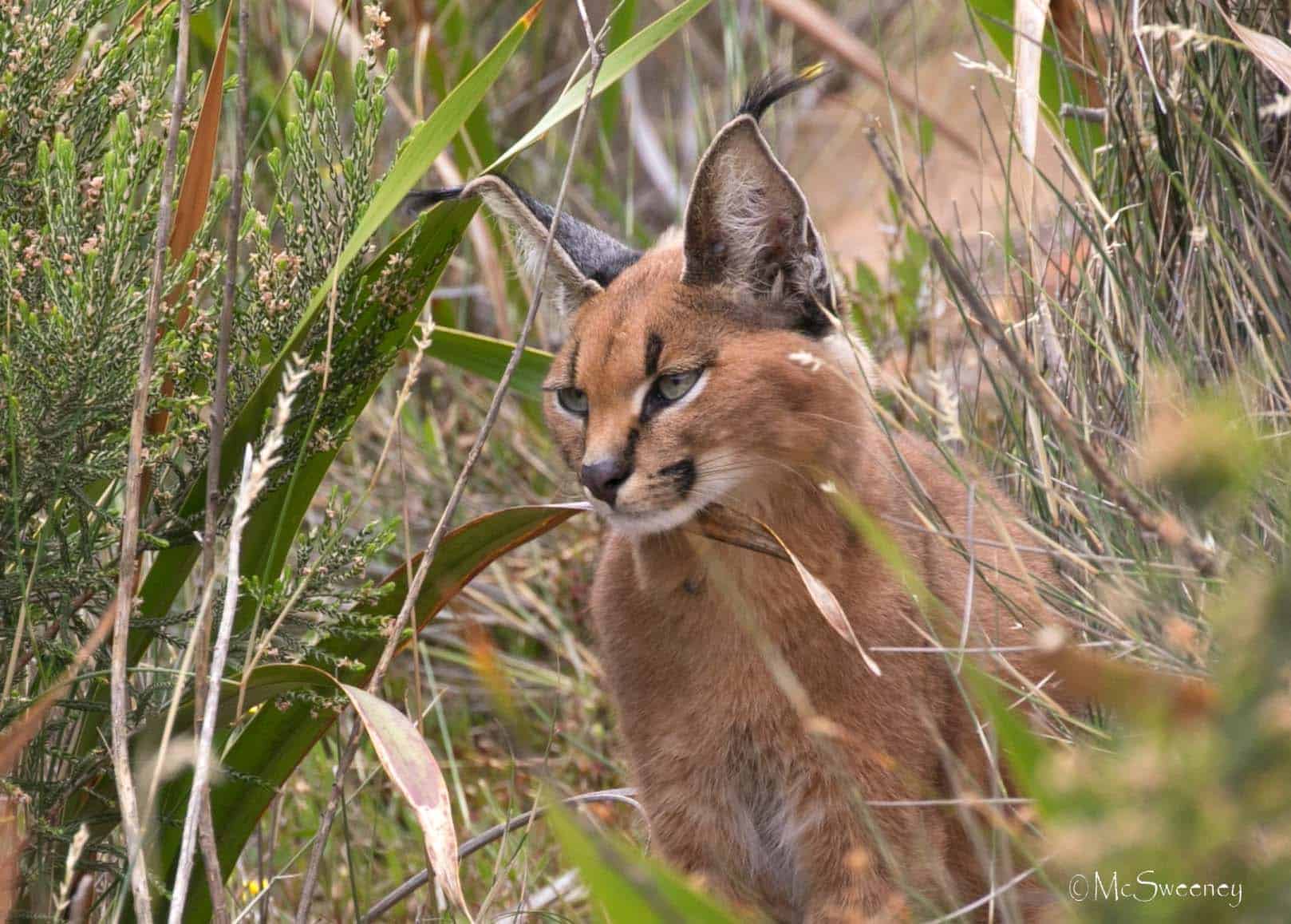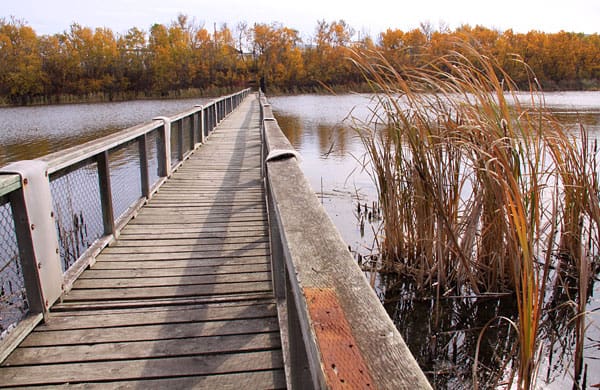Share this article
Canadian Wildlife Service releases migratory bird hunting proposal
The Canadian Wildlife Service released proposed changes to their migratory game bird hunting regulations for the next two hunting seasons (2020-2021 and 2021-2022), which would consolidate hunting zones in some locations, adjust bag limits and change hunting seasons. The agency is requesting comments on the proposal.
As part of the proposed changes, on Labrador Island, three existing inland hunting zones would be consolidated into one. Likewise, in Novia Scotia, two of the existing zones would be combined. In Alberta, the eight existing zones would be consolidated into two.
In Newfoundland and Labrador, the proposal will establish a separate bag limit of six each for common and red-breasted mergansers (Mergus merganser and Mergus serrator). In Alberta and Saskatchewan, the bag limit for northern pintails (Anas acuta) would be increased from four to eight and the possession limits increased from 12 to 24.
In Nova Scotia and New Brunswick, the proposal would reduce the daily bag limit for eiders from four to two (only one may be a female), in response to growing concerns regarding the declining populations of American common eiders (Somateria mollissima) breeding in the Maritime Provinces and New England states.
In Ontario and parts of Quebec, the daily bag limit for Canada geese (Branta canadensis) and cackling geese (Branta hutchinsii) would be decreased during peak migration to address conservation concerns related to the Atlantic population of Canada geese.
The proposal would also remove possession limit restrictions, or the total number of birds someone can have in their possession at any one time, for all migratory game birds in Ontario — except species at risk. Instead, it would standardize possession limits to three times the daily bag limit for the species (when identified separately) or the aggregate (when species are combined).
The Wildlife Service is also proposing to adjust some hunting seasons. In Newfoundland and Labrador, it would delay the opening date for hunting common and red-breasted mergansers by three weeks to provide increased hunting opportunity when these species are more common. In Prince Edward Island, Brunswick and Nova Scotia, the agency will evaluate advancing the opening date for the September Canada goose season to Sept. 1 (without changing the season length) to afford additional protection to migrant geese from the North Atlantic population.
The agency is also proposing to designate temperate-breeding Canada geese in southern Manitoba as overabundant and establish a spring season beginning in 2021 with a daily bag limit of eight per day and a possession limit of 24. It would also increase the daily bag limit from 20 to 50 for snow and Ross’ geese (Chen caerulescens and Chen rossii), both of which have been designated as overabundant across Nunavut.
The proposal would establish a hunting season for sandhill crane (Grus canadensis) in Alberta with a daily bag limit of five cranes and a possession limit of 15 in certain zones — chosen to avoid known whooping crane (Grus americana) migratory routes.
No changes are proposed for the Yukon Territory or Northwest Territories.
The proposal is the second step in a three-step consultation process. The first step was a November report on the population status of migratory birds in Canada, examining the recent population trends of Canadian migratory. The third step will be the final regulations for the next two seasons.
Comments will be accepted on the proposed changes via email through Feb. 16. If approved, the proposed changes will go into effect in September 2020 and remain in effect through the spring of 2022.
The agency is also in the process of modernizing the country’s overall Migratory Birds Regulations, which were drafted in 1917 and have never been comprehensively updated or revised. Proposed changes were released in June 2019, and final regulations are expected to be available in spring 2020 and to go into effect for the 2020 fall hunting season.
Header Image: The Canadian Wildlife Service has released proposed changes to the migratory bird hunting rules for the next two seasons. ©Tom Koerner/USFWS








